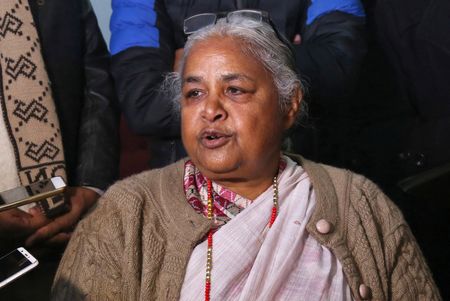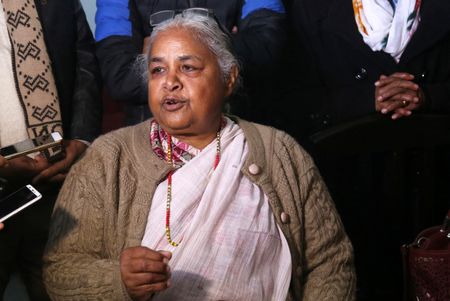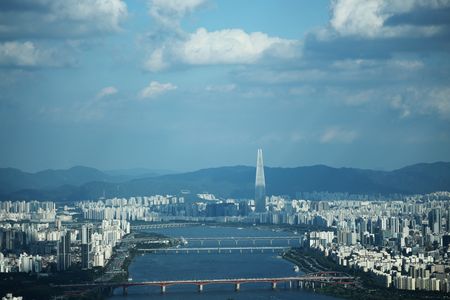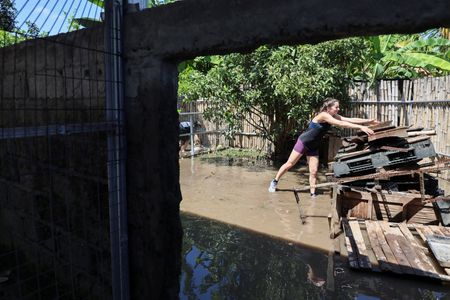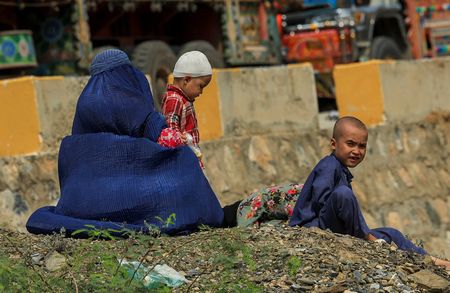By Christine Chen
SYDNEY (Reuters) -Australia’s bid to secure World Heritage status for a site with Indigenous rock art estimated to be 50,000 years old has been dealt a blow after a U.N. advisory body warned it was at risk from nearby industrial pollution.
The International Council on Monuments and Sites advised UNESCO to refer the nomination back to the Australian government so it could “prevent any further industrial development adjacent to, and within, the Murujuga Cultural Landscape”.
Located on the Burrup Peninsula in Western Australia state, the Murujuga rock art, which is of cultural and spiritual significance to local Indigenous Australians, was nominated for heritage listing in 2023.
The Burrup Peninsula is also a key industrial hub, home to two gas plants run by Woodside, and fertiliser and explosives plants run by Norway’s Yara International.
The government on Wednesday extended the lifetime of Woodside’s largest gas plant in the region, the North West Shelf, until 2070. The extension will generate up to 4.3 billion metric tons of additional carbon emissions.
Scrutiny over the impact of Australia’s resources industry on Indigenous heritage sites has been magnified since Rio Tinto destroyed the 46,000-year-old Juukan Gorge rock shelters as part of a mine expansion in 2020.
Australia has said the Murujuga petroglyphs were in “good condition overall” and presented findings from a study of the site that said there were no suggestions “acid rain or deposition is contributing to damage of the rock art”.
Despite this, ICOMOS recommended preventing further industrial development near the site and called for a “decommissioning and rehabilitation plan for existing industrial activities”.
ICOMOS, citing media reports quoting rock art experts and information received about the proposed North West Shelf extension, concluded “the conservation conditions of the petroglyphs are extremely vulnerable and threatened by industrial acidic emissions”.
Luke James, a cultural heritage expert at Deakin University, said the ICOMOS draft decision was a “setback” for the Australian government.
“ICOMOS has identified some concerns around protection and management,” he said. “It is now up to the Australian government to demonstrate to the committee that these are surmountable, or it will need to wait at least a year – and do further work – for another chance at inscription.”
Woodside said in a statement it continued to support the heritage listing of the rock art and would work with the Murujuga traditional owners and government to prepare its response to ICOMOS’ recommendation.
“We believe the World Heritage nomination should proceed on the strength of the evidence and stand as proof that cultural heritage and industry can responsibly co-exist when collaboration, transparency and rigorous scientific monitoring are in place,” it said.
The UNESCO World Heritage Committee will meet in July.
(Reporting by Christine Chen in Sydney; Editing by Michael Perry)


